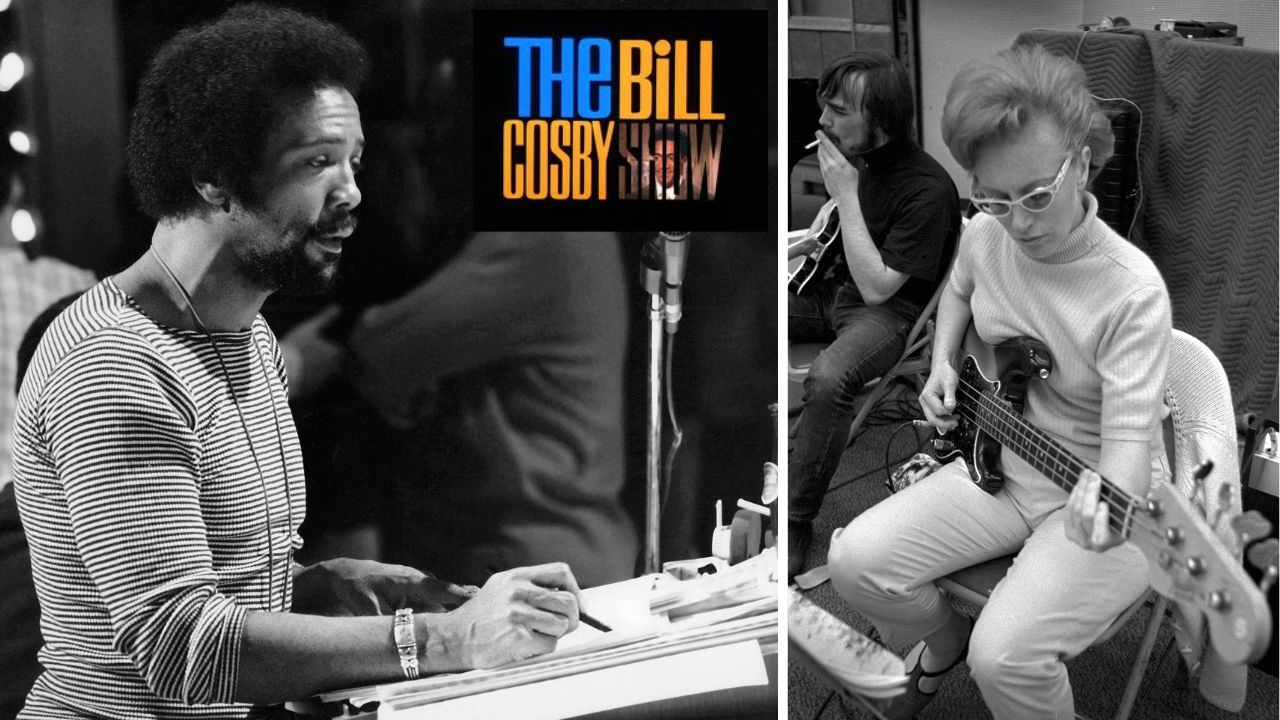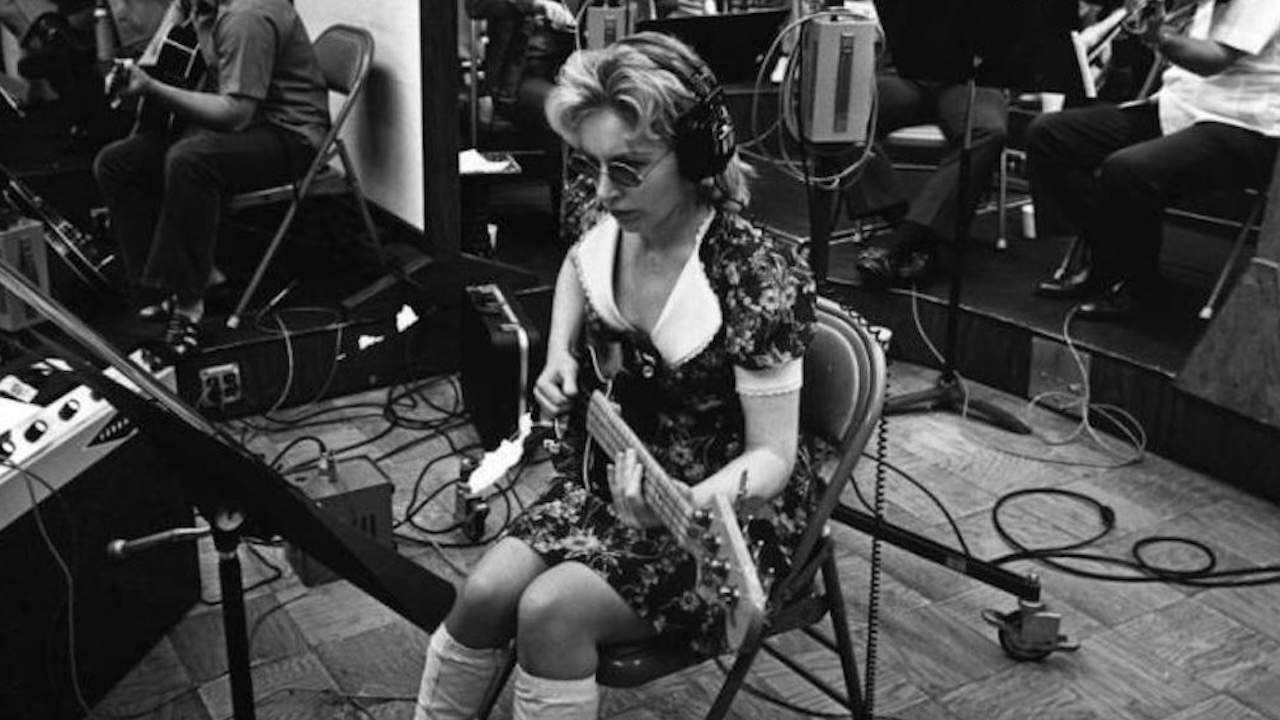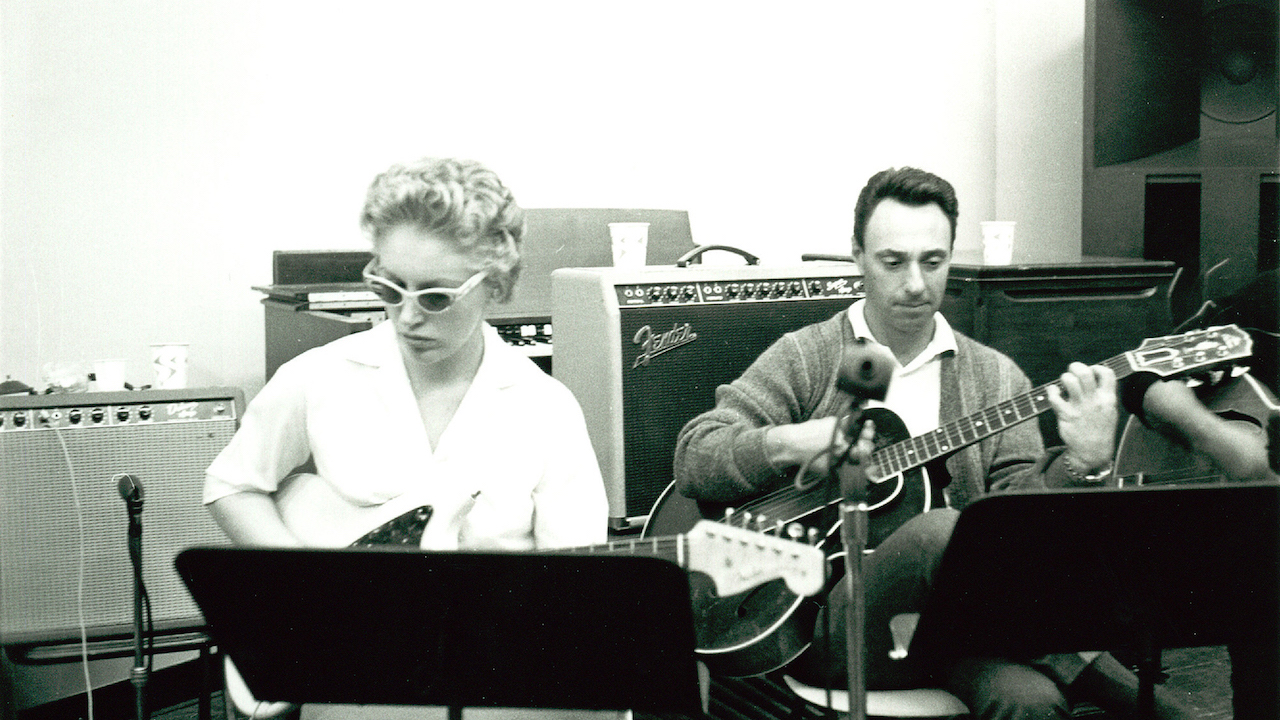
When heavyweight producer Quincy Jones was putting together a group of musicians in 1969 to record music for Bill Cosby's first solo TV series, there was little doubt who'd be holding down the bass guitar chair: studio legend, and 2008 Bass Player Lifetime Achievement Award recipient Carol Kaye.
“Quincy told me he wouldn't do a film call or TV show in that period without me,” Kaye told Bass Player. “He loved my sounds, the way I could make up a good part according to style, and that I could sight-read. At the time, I was the No.1 call for most of the record companies – and practically all the film-score work in the Hollywood area. I loved to work for Quincy; I admired his fine music immensely.”
Kaye recorded two slightly different versions of Hikky-Burr, the theme for The Bill Cosby Show. On the initial sessions, Kaye cut the version heard at the start of the show, along with the cues that played within each episode. A few weeks later, the band got together to record a rendition with Cosby adding scat vocals. This second version was included on Jones' 1971 album Smackwater Jack.

Kaye played a Fender Precision Bass strung with medium-gauge Fender flatwound strings, picking with a heavy pick close to the end of the neck. “I didn't record with compression or any of that. I just taped a doubled-up piece of felt over the strings at the bridge to help eliminate the sound-destroying overtones!”
Kaye kicks off the song with a meaty open E, which she lets ring beneath an upper-register double-stop sliding figure, setting the tone for four minutes of top-notch blues-funk. Kaye stressed that she improvised her entire part and that Jones was happy to give her carte blanche: “I play for feel, and it was fun for Q to tell me, ‘Go for it!’ I had done so many rock dates where I was stifled in creativity, as some producers would say, ‘You're playing too many notes for this style.’”
As the band joins in at bar 3, Kaye settles into a classic syncopated groove that rises up an octave via the root, 5th, and 7th of the Em chord before spilling down again, touching upon the flatted 5th (Bb) to add a bit of chromatic color.
With the first appearance of the horn-section theme in bar 7, Kaye introduces a new two-bar figure. Dig how she uses a fairly settled lick for the first bar of each phrase, which she then contrasts with a freer second bar.
At the bridge, the band plays a new unison line that sketches out an A7 chord before returning to Em, leading into the first solo segment, via the bluesy line first heard in bar 11. Here Kaye changes tack for this new section – a 12-bar blues featuring a nifty guitar/whistling solo by Toots Thielemans – introducing new figures such as octave leaps and hip minor-7th jumps. Also listen for the savvy use of the minor 3rd (D) over B7, Kaye's trademark gliss up and down the neck, and tension-building chromatic octaves.
Though it may seem the unison trombone line was conceived and written out by Jones for the original session, Kaye pointed out that he added the trombones at a later date, based upon a transcription she did of her own improvised line.

As Cosby begins his vocal capers again, Kaye hits a few anchoring low E's before setting her sails for the gritty double-stop slides she fashions for the outro. She recalls that the track went down fairly quickly, with no need for punch-ins.
“I remember only one or two takes. Q turned me loose to do what I wanted to – that's what they wanted. Hikky-Burr is one of my faves because it was with great musicians, working for one of my fave people, Quincy Jones.”







